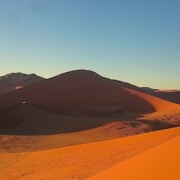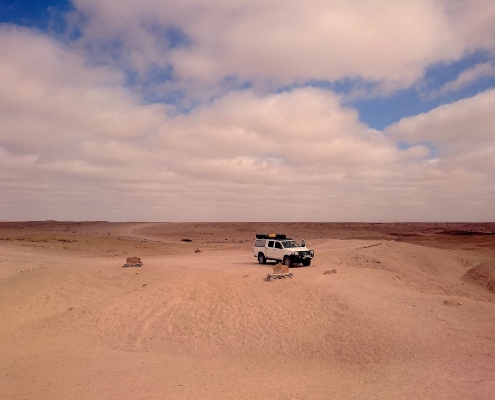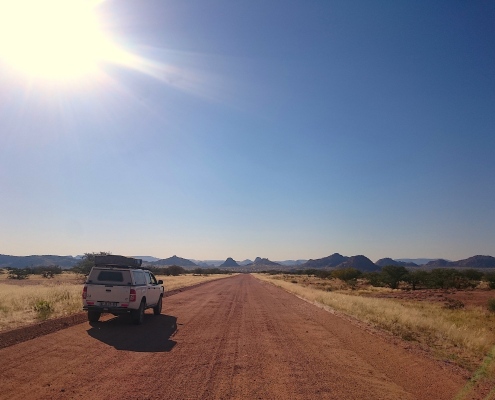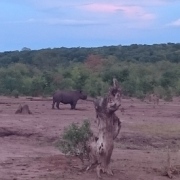Sound recording & camping in the African wilderness – Part 2: Namibia & South Africa
Read part I about recording & camping in Botswana here
Namibia is a land of extremes: huge empty deserts with glowing red sand dunes and rock formations shaped as if placed by giants, a wild coastline littered with shipwrecks, whale carcasses and immense seal colonies, lakes and salt pans attracting all the wildlife that you’d expect from an African country, and lush green tree and shrub savanna in the Caprivi strip bordering Botswana, Angola, Zambia and Zimbabwe.
Its natural extremities not withstanding, this is a country easily traversed by car, boasting endless straight-lined gravel roads through its vast expanses of nothingness and national parks. Unlike Botswana, a 4×4 vehicle is for many areas not even a necessity, though having one opens up parts of the country that would otherwise be inaccessible. As for our trip specifically, we only needed the 4-wheel drive engaged on a couple of trails in Namib-Naukluft national park.




